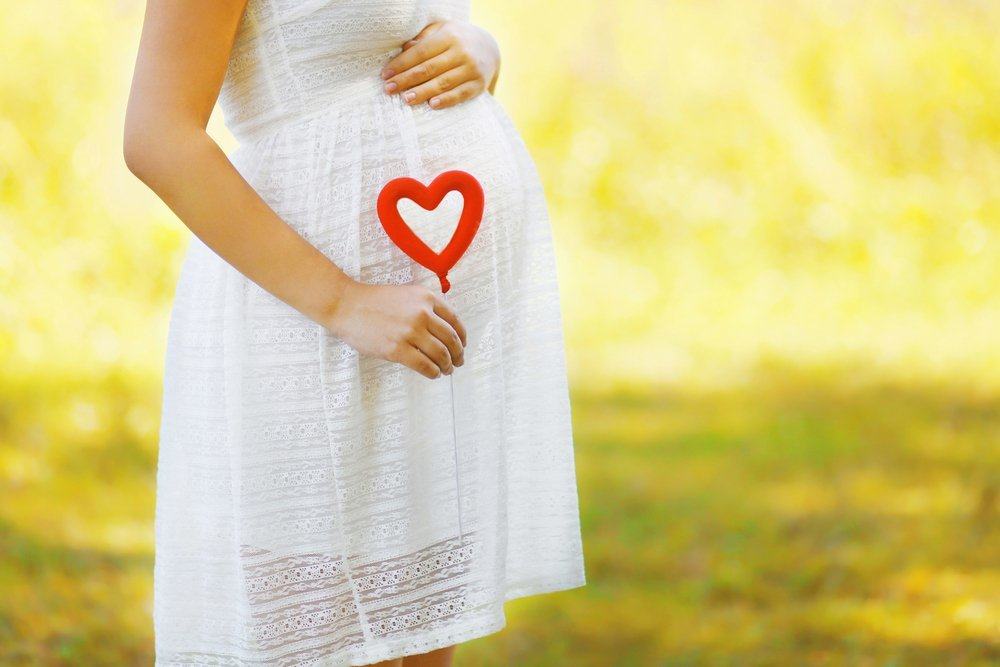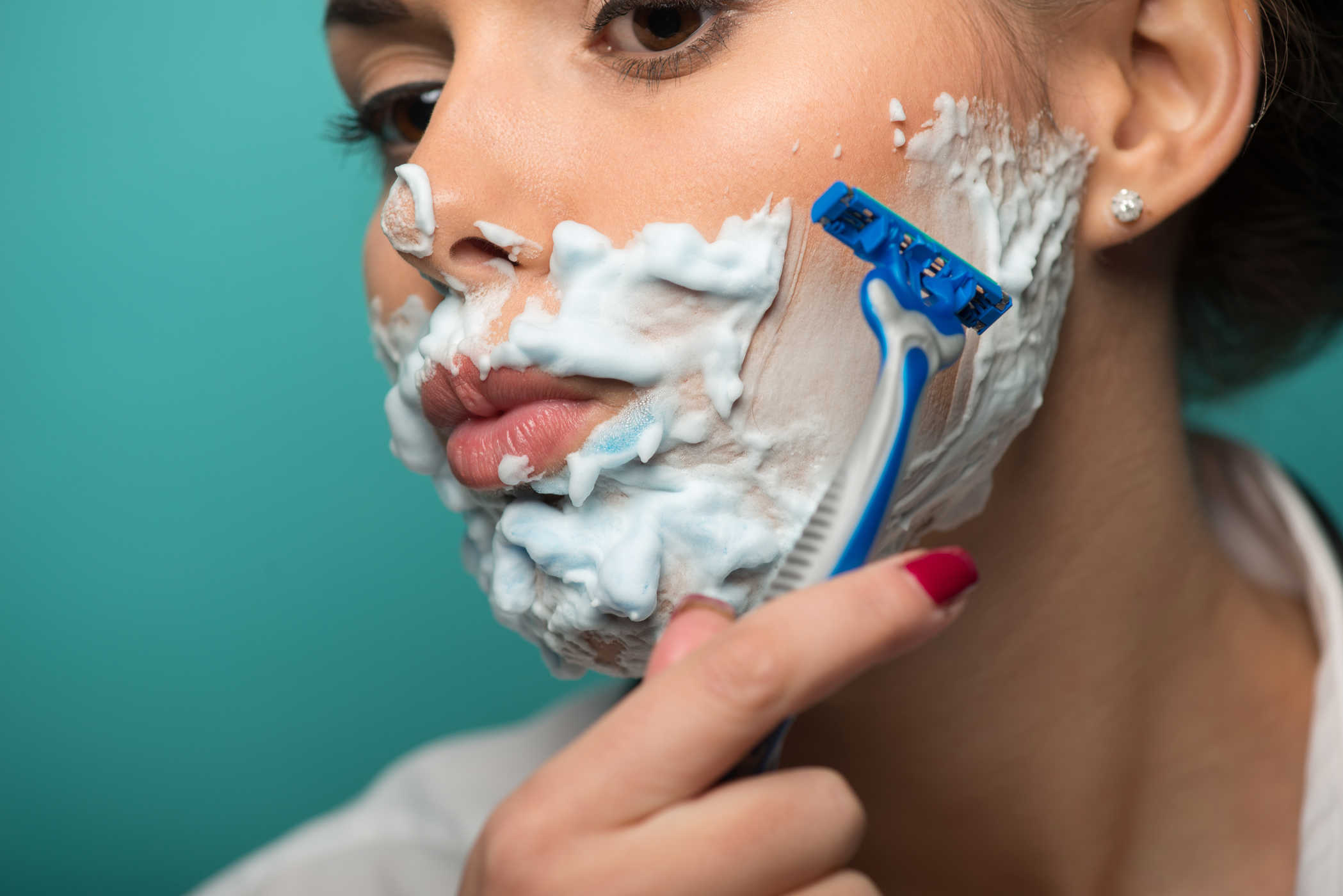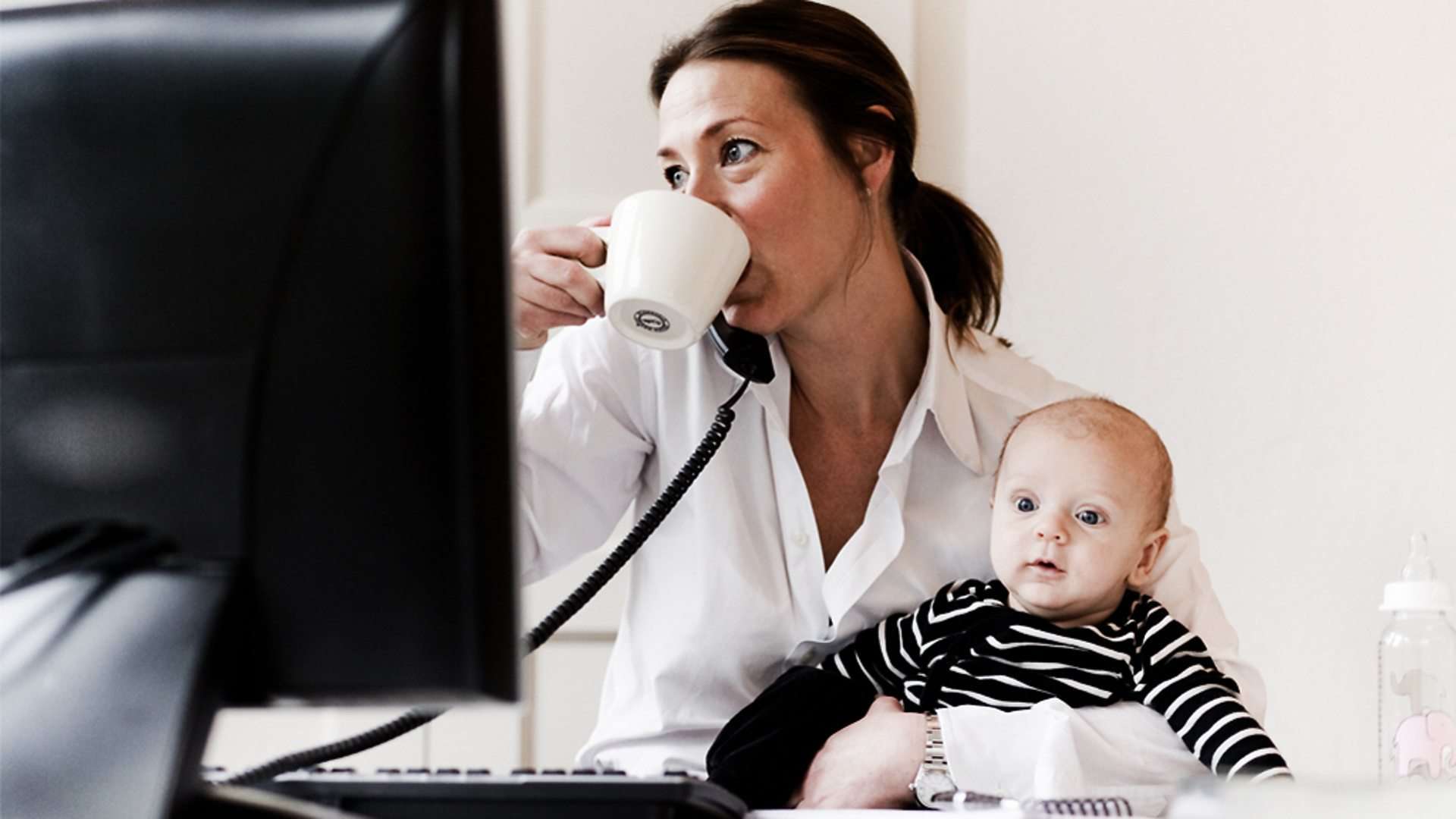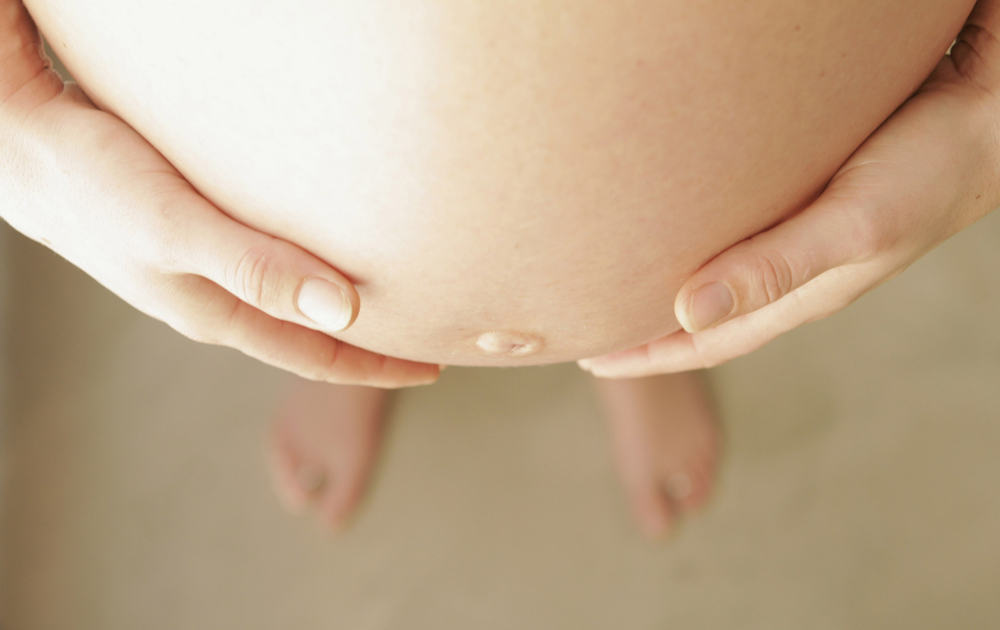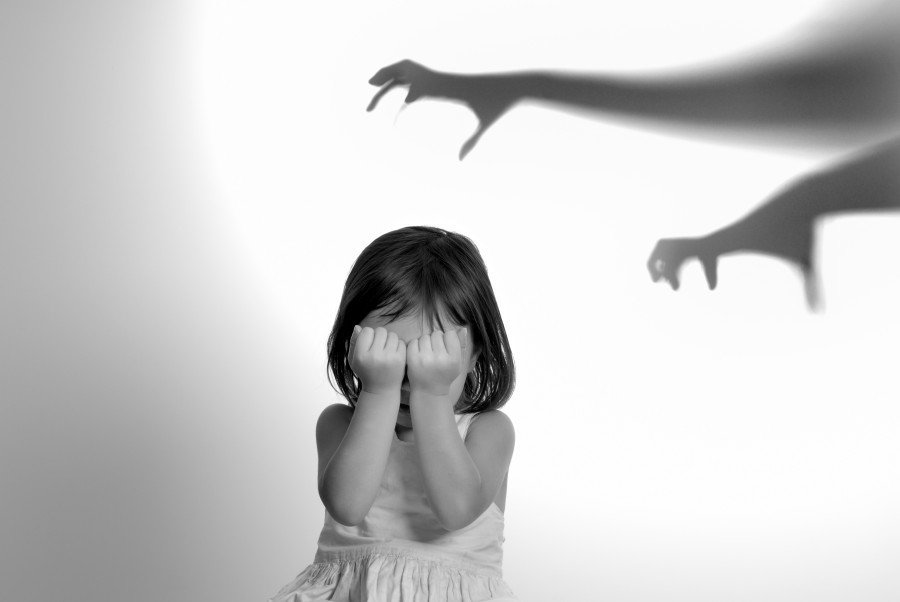Contents:
- Medical Video: Prevention of Mother to Child Transmission of HIV by Rana Chakraborty for OPENPediatrics
- What is mother to child HIV transmission?
- How can I prevent HIV transmission to my baby?
- 1. Care to protect your baby
- 2. Protect your baby during labor
- 3. Protect the baby during breastfeeding
- How do you know if my baby has HIV?
Medical Video: Prevention of Mother to Child Transmission of HIV by Rana Chakraborty for OPENPediatrics
If you are an HIV positive mother, do treatment during pregnancy and lactation to prevent HIV transmission to your baby. You need to know how the HIV virus spreads to your baby so you know how to protect your baby.
What is mother to child HIV transmission?
HIV transmission from mother to child is the spread of HIV from HIV-infected mothers to children during pregnancy, childbirth, or breastfeeding (through breast milk).
Fortunately, if you are HIV positive, treatment with a combination of HIV drugs can improve health and reduce the likelihood of spreading HIV to babies before, during or after delivery. The most effective treatment for preventing HIV transmission to infants when started as early as possible during pregnancy.
However, there are still various benefits to starting treatment during labor or after the baby is born.
READ ALSO: Undergoing Pregnancy When You Are Positive HIV
How can I prevent HIV transmission to my baby?
If the results of your HIV test are positive, there are a number of things you can do to reduce the risk of HIV transmission to your baby.
1. Care to protect your baby
Proper treatment can reduce the risk of babies born with HIV to less than 1%.
If you find that you are HIV positive before you become pregnant, you may already have been treated. If not, talk to a medical professional to start treatment immediately.
If you are diagnosed with HIV during your pregnancy, it is recommended to immediately start treatment and continue it every day.
2. Protect your baby during labor
If you do proper treatment, it will reduce the body's HIV levels to "undetectable". This means you can plan a normal vaginal delivery because the risk of HIV transmission to the baby during labor will be very small.
If you do not have an "undetectable" number of viruses, you will be offered a cesarean section, because this procedure has a lower risk of HIV transmission to the baby than vaginal delivery.
READ ALSO: Strength and Lack of Normal Childbirth vs. Caesarean section
3. Protect the baby during breastfeeding
Breast milk contains HIV. However, instructions for breastfeeding vary depending on the source available to you.
If you always have access to formula and clean and boiling water, you don't need to breastfeed and can give a formula. If you do not have access to formulas and clean water, you may be advised to keep breastfeeding where you and your baby are given antiretroviral treatment.
If you are breastfeeding, you should always use treatment and exclusive breastfeeding (only breastfeeding) for at least 6 months. Mixing breast milk with other foods before this period increases the baby's risk of HIV. You can mix baby food after 6 months.
If you are unsure whether you should breastfeed or not, talk to a medical professional for further specialist advice.
READ ALSO: 9 Side Effects of Antiretroviral HIV Treatment
How do you know if my baby has HIV?
If you want to make sure, you have to do a test on the baby at birth, and 4 to 6 weeks later.
If the results are negative, your baby should be tested again at 18 months and after you finish breastfeeding to see the final status of HIV in the baby.
If the test results are positive, your baby will need to take care as soon as possible. Talk to your doctor, and come to a follow-up meeting to make sure your baby gets treatment.
Nothing is impossible, you can still have a baby even though you are a woman who is HIV positive. There are various ways to protect babies from HIV transmission.

